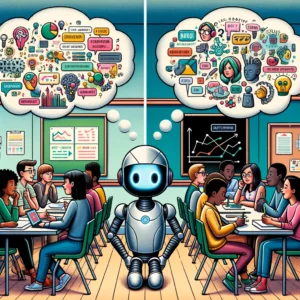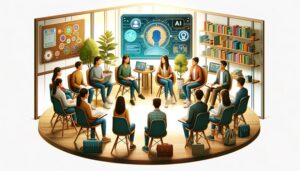This a great article with some inspiration for schools – one of the few places in society where human beings are constantly exposed to different opinions and perspectives in a relatively safe environment.
But safety and understanding aren’t always what you get, as evidence by the Marshall High School example in the article – where 15 students berated a student from the opposite side of the political spectrum.
The conundrum facing our schools…
On the one hand, It’s great to give kids a platform to share views about matters that they agree. This can build community.
But it can also plant GroupThink into the soil of learning.
That’s why teachers should think about how to create spaces where there is a deliberate attempt to establish norms and procedures that compel students to see the opposite side to every opinion they have.
What’s the best way to do this? Structured classroom discussions are a good start. Find a short text – even a controversial one – and put it in front of the students.
Then ask them to come up with claims and counterclaims that support or contend with the authors opinion.
Seems easy… but getting kids talking and sharing their honest views with each other is fraught with risks and challenges.
From the teacher’s perspective, classroom discussions are a mix of a science and an art. The process of learning how to facilitate them needs constant development and routine like anything else.
It’s time teachers and schools take the art seriously and prioritize Conversational Development in the classroom.





